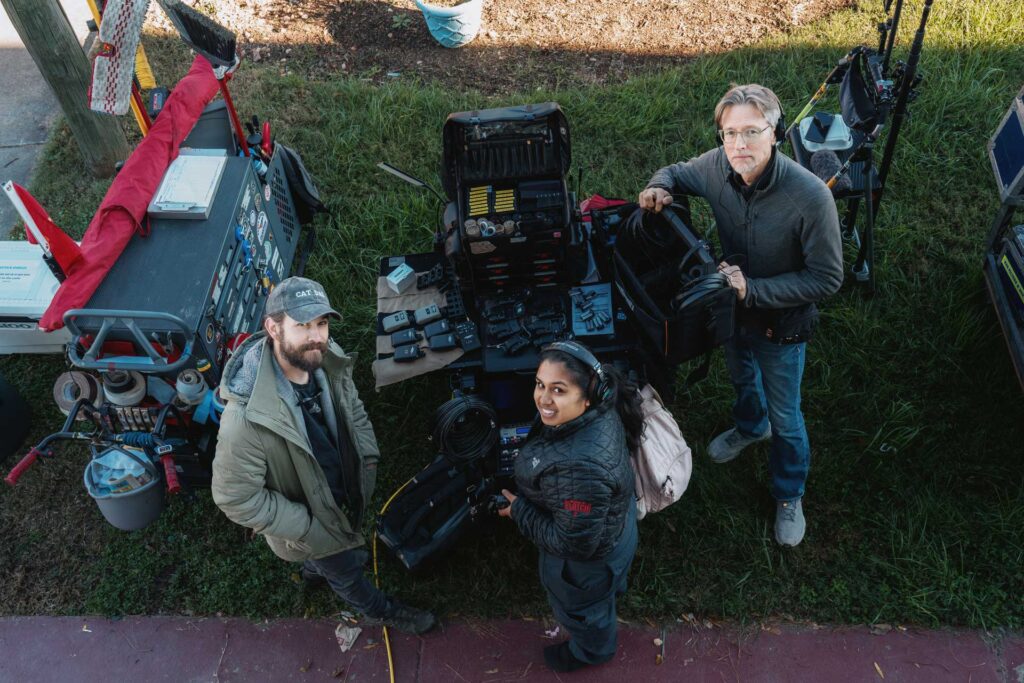
Gavin Harwell didn’t set out to work in sound, it was his love of movies that drew him in. “I had met some friends in Charlotte and they were making their own short films and when I’d watched them they sounded awful. I remember thinking, “If you’re going to spend time making something and half-ass it when it comes to sound – it feels criminal’.”
The North Carolina native started to record the production sound on his friend’s films and other projects for a year before landing his first paid gig. He felt at that moment he could potentially make a career out of it. “Things snowballed from there, which I’ll admit was a bit scary because I didn’t know anybody in the industry, had any schooling, or a mentor. I had to find out how to do all this in real time,” he shares. “But I remember in 2021, I started receiving more calls for jobs and I realized I really enjoyed what I was doing. I like being the problem solver for the sound department. That to me is infectious.”
Since then, Harwell has mixed everything from features, scripted television, reality, docuseries, and commercials – even working with content creators like MrBeast. Zaxcom has played a key technical role in his journey where Harwell looks to the Nova 16 track recorder-mixer, Zaxcom transmitters, receivers, and IFB during productions.
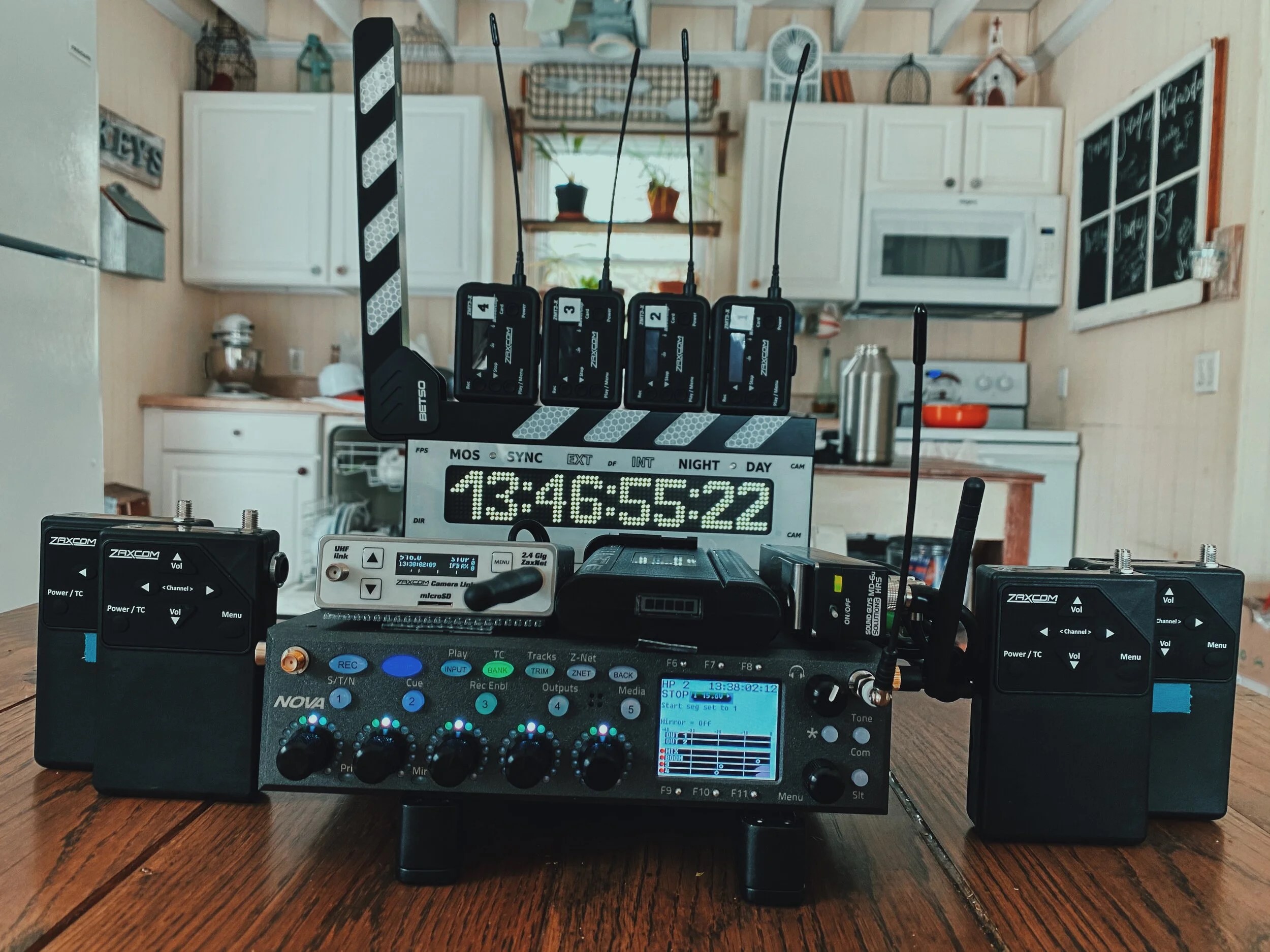
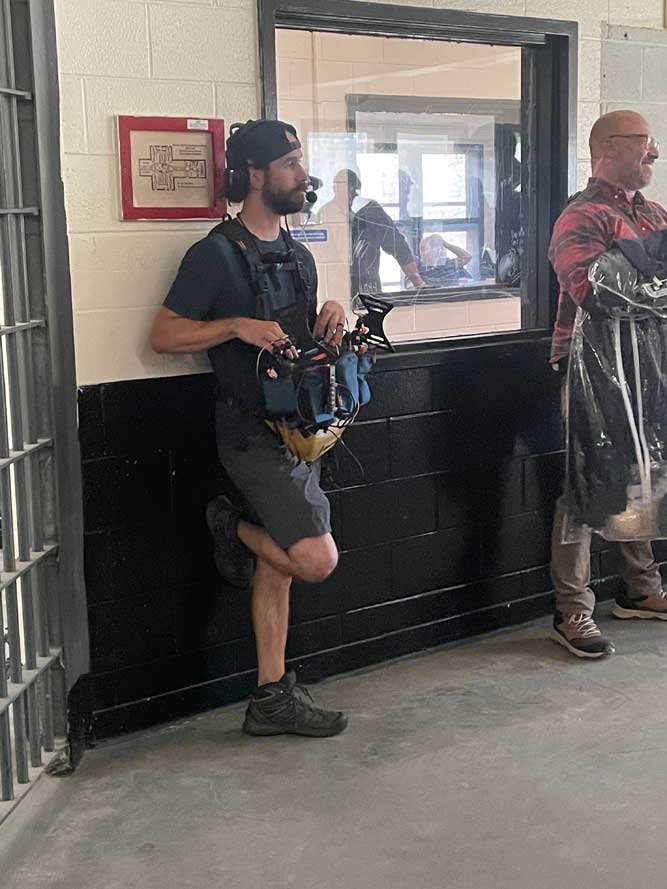
“Before, I had very prosumer gear and it was working great but there was a point where I got passed on certain jobs because I didn’t have certain gear. I remember being irked by that,” he says. “So when Zaxcom released the Nova and I saw what it could do, I knew this was going to be my first jump gear wise. The biggest benefit was with the MRX receivers and how they go inside the Nova. My bag went from 21 lbs. to 11 lbs., and when I use the Feather Rig from Audio Workbench, it’s only 7 lbs. It’s just insane how light it is.”
One of his latest projects, Roofman, stars Channing Tatum in the true story about Jeffrey Manchester, an ex-Army vet who escapes prison and lives undetected in a Toys “R” Us for months. Derek Cianfrance, best known for Blue Valentine, The Place Beyond the Pines, and Sound of Metal, helmed the buzzy title with Kirsten Dunst as the love interest, Leigh, who puts his double life in jeopardy. “I had always been attracted to kind of dark stories – I wanted to have some fun making a movie, like the movies I loved growing up,” with real people in real life. “I wanted to explore a new tone, where the line between the tragic and the comic was blurred. I didn’t look at the darkness with more darkness,” Cianfrance says in the film’s production notes.
Harwell found out about the production with a little foresight. “I saw a Deadline article about the film and I literally prayed for it to come to Charlotte. Then during the last few weeks of a show I was on, my UPM came up to me and mentioned he had the contact info for this movie coming through called Roofman. I got very excited. Being a fan of Cainfrance’s films, Harwell was all in. “I love his work and I didn’t expect to get the job at all. But I was lucky to get an interview, and when he said, ‘I’d love for you to be on,’ it was euphoric.” Then came the crash of reality. “He made it clear how difficult the job was going to be and that I’d probably be pulling my hair out. But it was exactly the type of project I wanted to do. Full stop.”
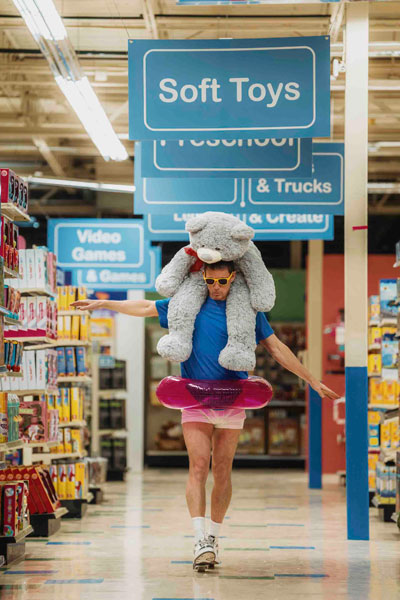
Photo: Davi Russo/Paramount
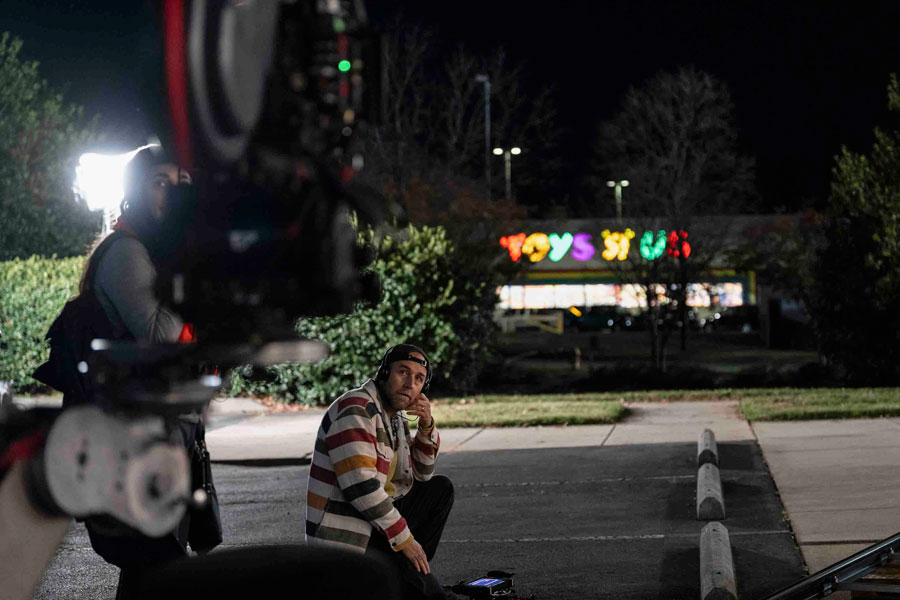
Photo: Davi Russo/Paramount
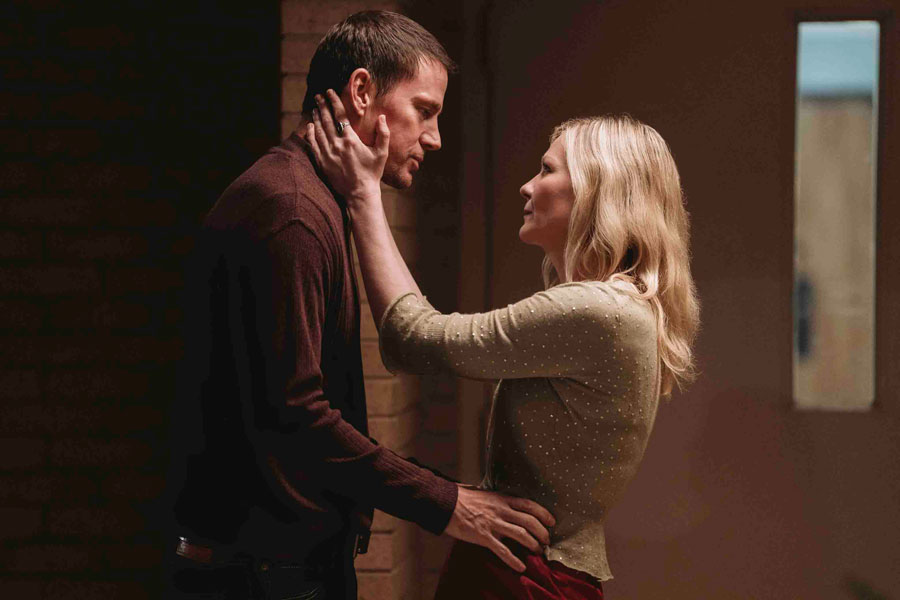
Photo: Davi Russo/Paramount
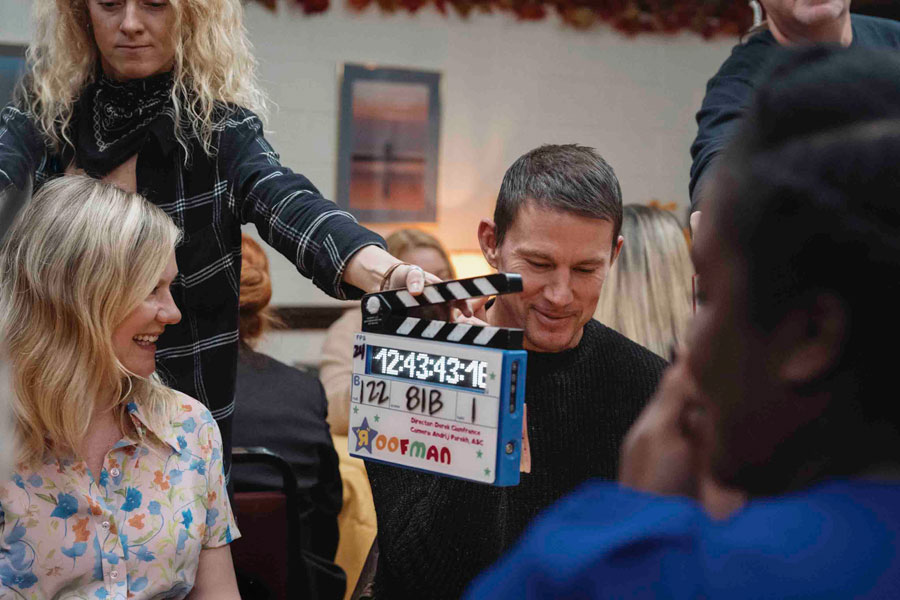
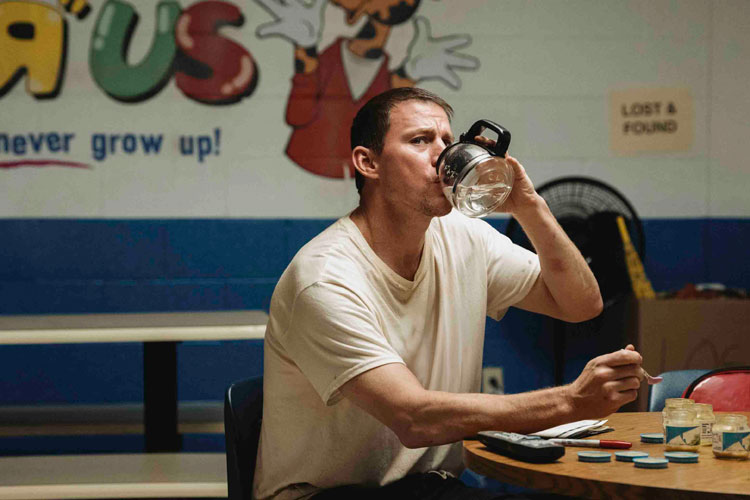
Photo: Davi Russo/Paramount
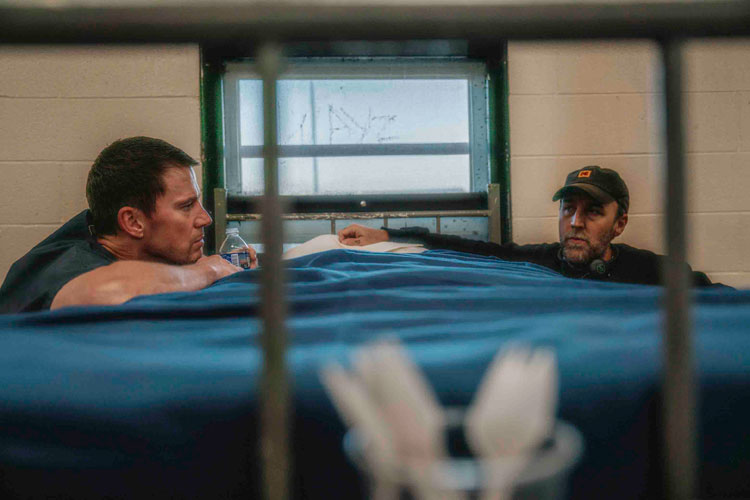
Photo: Davi Russo/Paramount
Filmed entirely on location in and around Charlotte, the 37-day shoot ran from October to December 2024. Harwell tapped boom operator Scott Graham and utility Victoria Dennis to fill out the department, recording with the Zaxcom Nova 16 paired with ZMT4 transmitters with MRX414 receivers. For IFB, he deployed Zaxcom URX100s and used Betso for timecode and slate.
Cianfrance and cinematographer Andrij Parekh (Blue Valentine) visually turned back the clock to 2004 when the story takes place, shooting on 2-perf 35mm film with Leica Summilux-C prime lenses and Arricam cameras. Most of the action scenes were shot over 11 days in a vacant Toys “R” Us in Pineville that was transformed into a 360-degree period accurate set. While coverage favored a traditional single-camera style, Harwell notes there was plenty of multi-cam. Sound adjusted to support the vision.
“Channing is running around a lot in this movie and there were times we felt it wasn’t necessary to wire him. I just didn’t trust that we could hide it,” says Harwell. “There was one scene where we wired him and then we immediately pulled it after the first shot because of how he moved. Ideally everyone is wired all the time but with some of the action pieces on this film that wasn’t possible.” When sound did wire talent ZMT4s were combined with DPA lavs. Wireless boom also utilized a ZMT4 with a DPA 4017B shotgun as the main mic.
Other scenes had Harwell mixing a oner as Peter Dinklage’s character Mitch, who is the manager of the Toys “R” Us, talks to some kids. “I had the easy job because there was virtually no dialogue. I was really just following the camera, staying out of the way and watching Scott boom the scene.” More complex situations arose during church sequences which had live singing and music. “Donte Dowling came in and did the live mix for the church elements,” notes Harwell. “He was a huge help.” Another challenge was recording Jeff’s secret hideout in the store, or what production called the “nest,” which Harwell notes it was accomplished thanks to his boom operator. “I was usually in the scaffolding at each end of the nest. I could climb that a little to get where I needed to be,” says Graham about approaching the scenes. The production mixer adding, “At one point I deployed a plant mic next to the baby monitor, but given Channing’s nature in the scene, we pulled it at some point.”
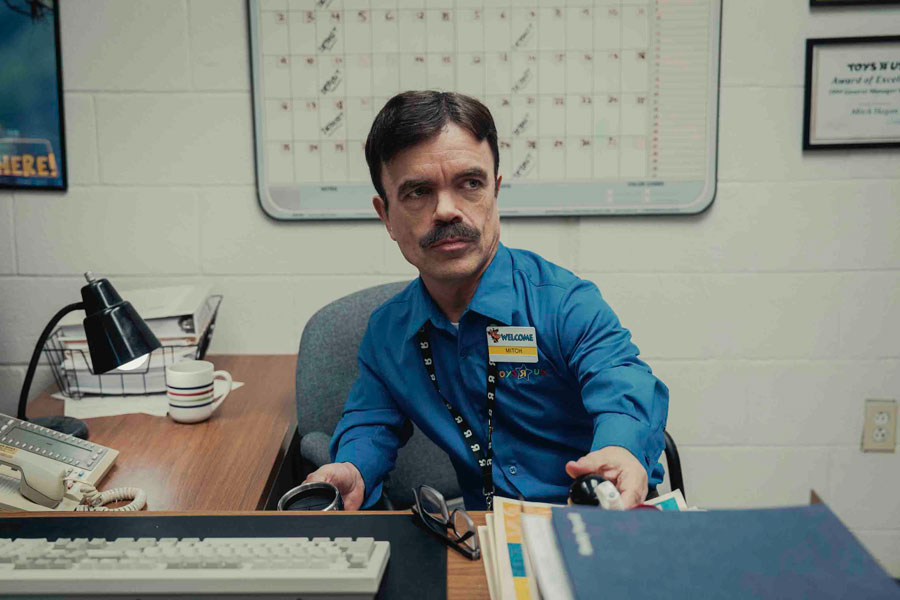
Photo: Davi Russo/Paramount
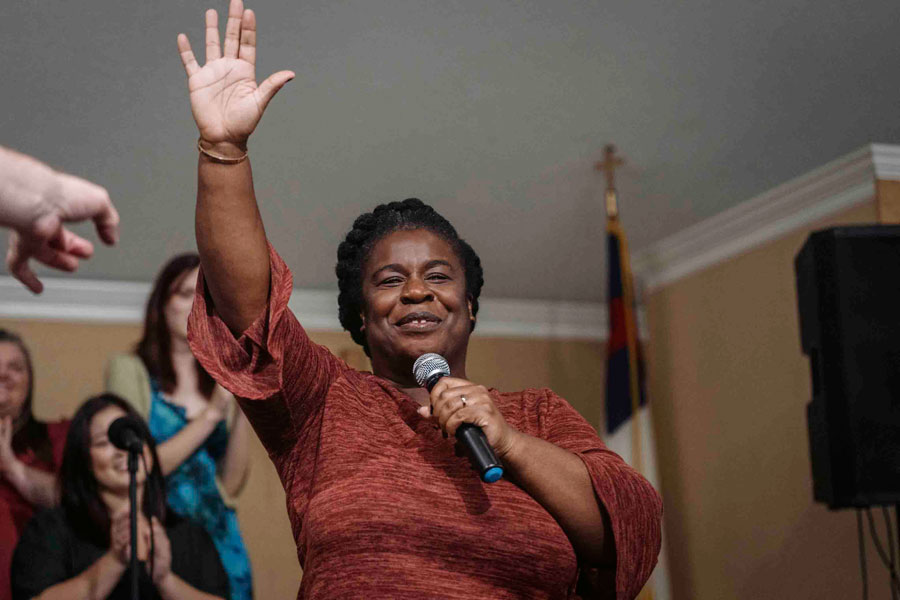
Photo: Davi Russo/Paramount
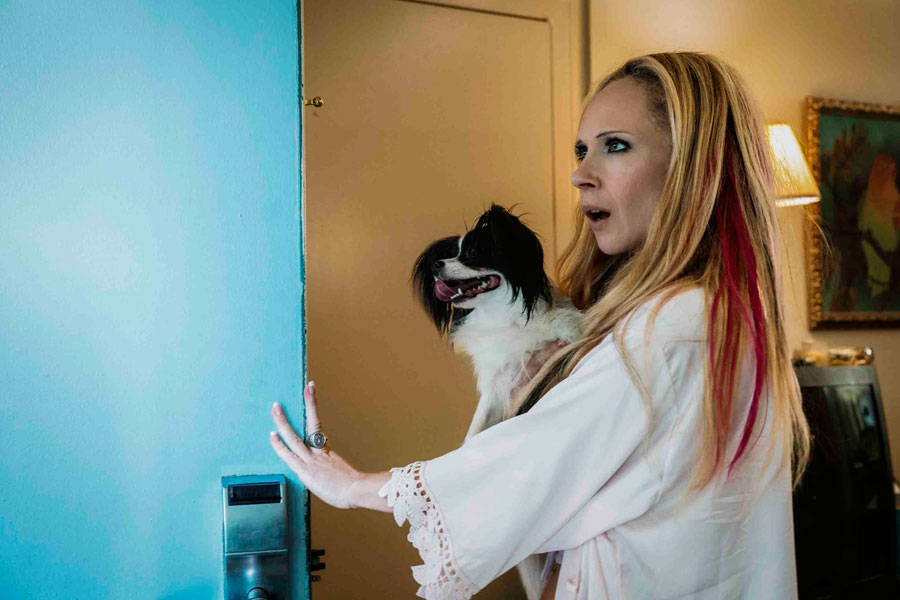
Photo: Davi Russo/Paramount
Also aiding Harwell’s mix was ZaxNet remote control. “It’s one of the greatest inventions. Being able to adjust the frequency or mic gain on the transmitter from my cart is a game changer. As long as you set a good wire, everything can be done remotely and you don’t have to approach the talent. It’s an ideal situation.”
The feature came in handy during a prison scene. “Actors were positioned around a table and production wasn’t sure who they were going to pick to be in the scene. There wasn’t a script for who was going to talk. So after every take, which was close to six or seven minutes, I would send in our utility Victoria to put a wire on someone. I’d then adjust the settings on the fly with ZaxNet,” he says. “Our boom operator Scott did a lot of the work for that scene but we also had a stationary mic planted over Channing that they were going to paint out in post. It was one of those scenes where we had to be creative with our overhead mics.”
Reflecting on the project, the mixer says, “Our goal every day was to cover all the bases and give Derek the world that he was building. We wanted to make an impression not just for the director but for the UPM to come back and be courageous enough to hire local people again. We wanted to represent the Charlotte sound community just as much as supporting his vision. There’s a feeling that you need to be at the level of a New York or LA mixer when bigger projects come to the area and I think we delivered that.”